Dear Forum Folks:
I have noticed that a number of citrus growers have asked about indoor lighting over the years, and I wanted to share my thoughts on the subject, even though I don't use lights. I found the technical information in here on a number of web-sites, but most of the information about specific lighting options comes from a web-retailer I located via google that carries a wide range of lights.
THE PRIMER:
48 inch "Shop Lights": Many years ago I kept some of my plants in the basement under 48 inch fluorescent shop lights. While these are perfectly adequate for starting seedlings, they are at best useful to maintain smaller plants over the winter months. They are not suitable for larger citrus trees.
Incandescent "grow-lights" (spot, or regular bulb). In my opinion, these are a waste of time and money. The amount of light put out by even a 150 Watt incandescent bulb is so insignificant that it just isn't worth the electricity. These bulbs are notoriously inefficient: they produce a lot of heat, and rather little useful light.
Mercury Vapor Lamps: Inefficient. See above and imagine an even less efficient bulb.
More specialized fluorescent fixtures: The available 125 Watt compact fluorescent fixtures mounted in reflectors that I have seen clearly can produce enough light to make a difference. Also, banks of high output 24 and 48 inch fluorescent bulbs can also work. These fixtures are not cheap, though, and will end up costing from $100 for the smaller fixtures on up through the $400 mark for an 8 tube four foot high output fixture.
Metal Halide (MH) and High Pressure Sodium (HPS) High Intensity Discharge (HID) lamps. These lamps come in different wattages, ranging from about 150 Watts up to 1000 Watts. Metal Halide lamps are the kind used to illuminate sporting fields, and the insides of big-box stores. Depending on the bulb formulation, they emit a greenish-white to white light which is excellent for growing plants. HPS lamps emit a bright yellowish orange light which is very good for growing plants. HPS lamps are often used in parking lots.
NOTE: HPS lamps are NOT the same as Low Pressure Sodium lamps, which will not work as grow lights, since LPS lamps emit light in only a single point in the light spectrum. These lamps, incidentally, are the lamps which should be used for most outdoor lighting (street lamps, parking lots, building security, home-lighting, etc.) since they do not "pollute" the light spectrum as much as other lamps.
HID lamps, whether MH or HPS, require ballasts to power the bulbs, and put out a lot of heat. They are cost effective, since they produce more lumens (the measure of light) per Watt than the other options, but the heat they produce may cause problems. I have been in a greenhouse where several 1000 watt fixtures were being used to force flowers, and it was a steamy 85 degrees (the horticulturist said she could vent the heat, but for this application it was useful to keep it inside). Because the bulbs get very hot, they must be protected from moisture. In other words, you don't want to spray water around when you have one of these in the area.
Also, HID lamps, because they get hot, need to be kept a safe distance from the plants they are lighting. For 400 Watt fixtures, two to four feet is the recommended distance, for 1000 Watt bulbs, four to six feet is called for.
REVIEW of the OPTIONS:
In my opinion, grow lights that produce the kind of light-levels needed to really keep a citrus tree happy are not for the casual gardener. For example, a 400 watt Metal Halide HID lamp puts out about 35,000 to 40,000 lumens, and should provide enough light for several container citrus (the literature says it will illuminate a growing area of five by five feet), though the lower and outer branches are going to be in the shade (you could rotate the pots to reduce the problem).
Financial Considerations: A 400 Watt MH or HPS fixture will cost several hundred dollars to purchase, and will add a sizable chunk to your monthly electric bill (the web-site I consulted says a 400 Watt bulb will cost a bit over $11.50 per month if operated 16 hours per day at 6 cents per kilowatt hour--and here in Connecticut the going rate is about twice that per kilowatt hour).
Standard 48 inch fluorescents that are designed for plants put out about 1700 to 2400 lumens per bulb. Ergo, to get the same lumens from these as one 400 Watt MH, you'd need a minimum of 15 such bulbs. Special high output fluorescent 48 inch bulbs produce 5,000 lumens each, so you would still need 7 or 8 of them to equal a single 400 watt HID lamp. My guess is that the high output fixtures with 4 or more bulbs (54 Watts per 4 foot bulb) are useful, but their light output will be dramatically less than that of one 400 Watt HID lamp. The cost will vary depending on the number of bulbs in the fixture, but it will not be insignificant.
I notice that home supply stores carry small 150 Watt HPS lamps for home security lighting. I think that this size might actually work for a single citrus tree of moderate size if a suitable reflector could be provided.
TECHNICAL DETAILS:
It is important to note that all of these lights are impacted by a key physical law. Any lumens emitted by the lamps, which are in effect point sources, are governed by the inverse-square law which says that doubling the distance from the point source to the subject results in only 1/4 of the light reaching an area at the first distance reaching the same-sized area twice as far away.
In other words, if you have a nice bright lamp that gives you 2000 lumens per unit area at six inches (which I suspect a bank of several high output fluorescent bulbs might do), at one foot you are down to 500 for the same unit area. At two feet you are down to 125 lumens, which is not very bright at all. At four feet you are really in the dim stuff: 31 lumens.
The thing to keep in mind is that a sunny window can produce a lot of lumens. And it does it for free. And, because the light coming in through the window is not operating under the same point-source rule as a lamp, the sunlight retains its lumens all the way through to the far end of the room, assuming nothing gets in its way, like leaves, branches, dust, small animals, people, or furniture.
Remember: the sun may be 93,000,000 miles away, give or take, but it is also something like 870,000 miles in diameter. This means that the intensity of light emitted by the sun is falling off much more slowly than light from a local point source. Effectively, wherever it falls on the Earth, whether on the roof of a skyscraper in Calcutta, or in my back yard here in Connecticut, noon sunlight on a clear day is reported to contain 10,000 lumens per square meter. Of course, glass will reflect and potentially, if so-designed, absorb many of those lumens.
I estimate that my south-facing window provides on a good day several hours of light with an intensity of 2000 to 4000 lumens, and a equal number of additional moderate hours of lighting. Also, when the intense light is coming through the window, even areas where that light does not directly fall are receiving moderate levels of light that can keep many plants happy, and will maintain citrus plants.
I hope this is helpful!
Don
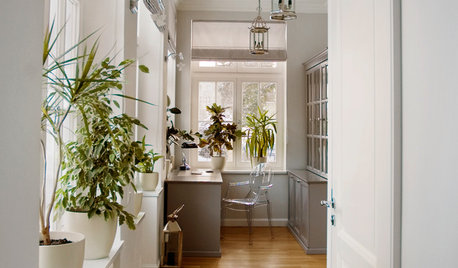


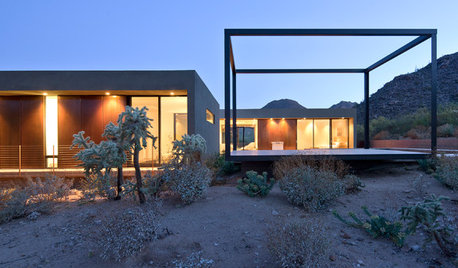
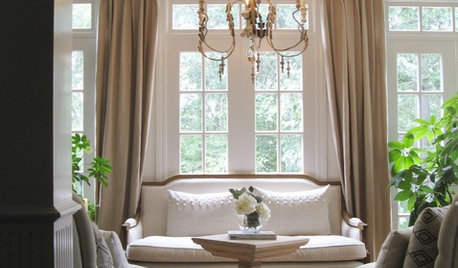
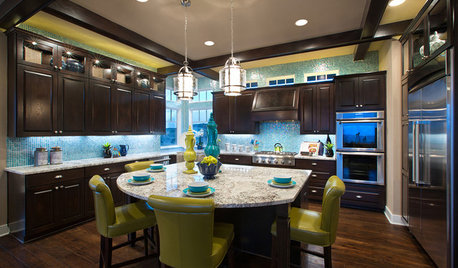
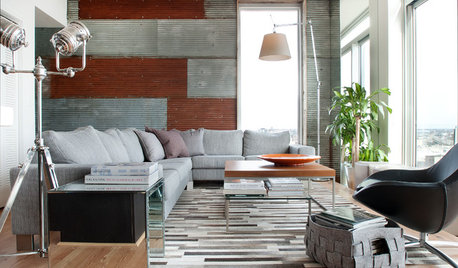
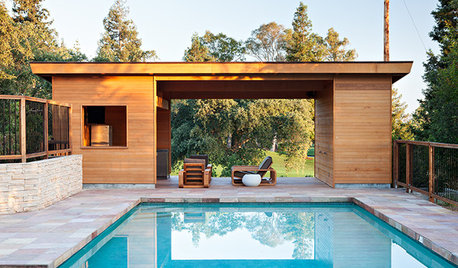
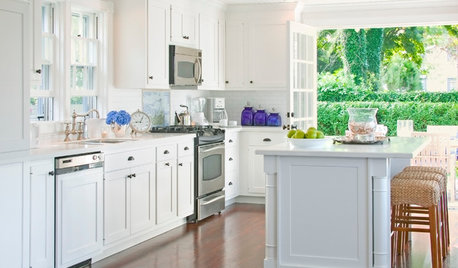
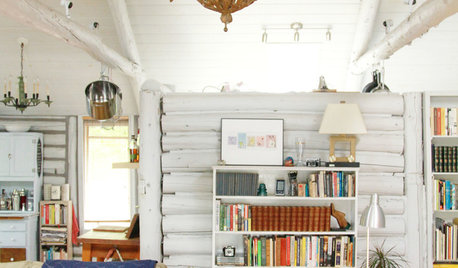




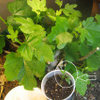
mdcitrus
don_in_ctOriginal Author
Related Discussions
simple question... what indoor light to buy for peppers?
Q
Clementine Tree..thoughts on pruning indoor potted tree.
Q
Off Topic..Wanted to share a few pic with my friends..
Q
3' indoor Kumquat leaf problem, any thoughts?
Q
mdcitrus
don_in_ctOriginal Author